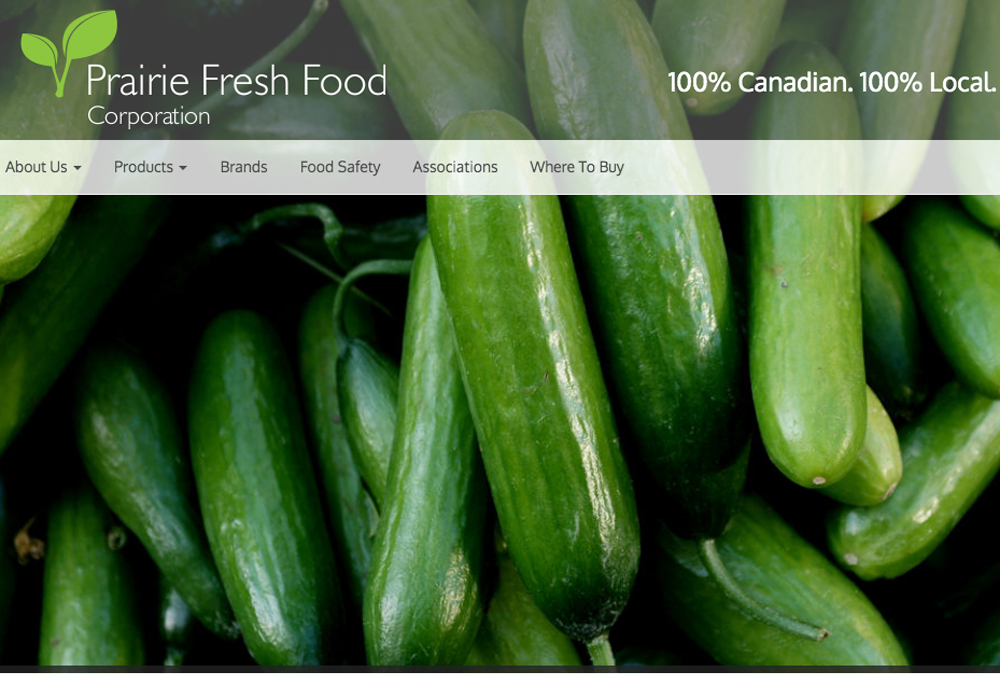MOOSE JAW, Sask. — Saskatchewan-grown dill pickles could soon be on grocery store shelves.
A project this past summer to evaluate cucumber varieties and an expansion at the Saskatchewan Food Industry Development Centre are both designed to expand value-added opportunities such as pickling.
Cara Drury, an irrigation agrologist at Saskatchewan Agriculture, said 30,000 pounds of cucumbers were hand-picked as part of the research project to assess six varieties. Five growers who are members of Prairie Fresh Food Corp. participated.
Read Also

Farming Smarter receives financial boost from Alberta government for potato research
Farming Smarter near Lethbridge got a boost to its research equipment, thanks to the Alberta government’s increase in funding for research associations.
“Part of the expansion project was a line of bottling and pasteurization for low-acid foods,” Drury said.
Homegrown pickles were one of the first products on the line and evaluation is underway.
Prairie Fresh already markets produce through Co-op stores in the three prairie provinces under several brands, including Home Grown Saskatchewan, Home Grown Alberta and Canadian Prairie Grown. Formed in 2013, it includes 17 shareholders from Saskatchewan and six from Alberta.
Drury said the Irrigation Crop Diversification Corp. project, with funding from the Canadian Agricultural Partnership, was designed to address gaps in research.
Harvest is one of the critical factors.
“If the vegetable growers of the province want to expand these opportunities, they need to learn how to mechanize the procedure for growing cuke numbers,” she said.
“We’re there to answer those gaps in that research, to try to fill in how do you mechanically harvest cucumbers in Saskatchewan, what are your best varieties, when are you going to know when to mechanically harvest, what kind of yields should you be expecting?”
Irrigation is another key component. Drury said consistent watering while the plant is making fruit helps to prevent defects such as hollow fruit or unattractive appearance and shape.
“What we are looking at is a large-scale field production, so it would be outside under an overhead irrigation system,” she said.
Data from the first year isn’t yet available, but she said researchers expect to learn a lot.
FCL said in an October news release that small food producers and processors often get their start through the company’s grocery system.
“We’re unique because we’re involved in the food production industry from start to finish, from farm to fork,” said Ron Healey, vice-president of ag and consumer business.


















